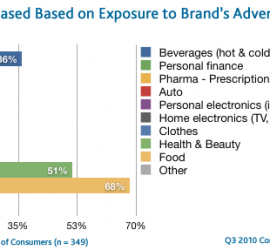A few months ago, one of my colleagues wrote about the importance of creating user-friendly websites (https://www.thatcompany.com/that-blog/36-search-engine-optimization/608-user-friendly-websites-super-important.html). He covered navigation, on-page content, and conversion points. All of these are super important to get right. The problem is, even when you think you have those right, you might have gotten them wrong. Or worse, even when you KNOW you’ve gotten those right, because you checked back when you first put up your website, you might still have gotten them wrong.
The way that people use search and browse online has been evolving over time. Here’s an interesting statistic for you: more than half of the people in the US now own and use smartphones, according to Google. If your website is not set up to accommodate the smaller screen of mobile users, they’re going to experience a huge difference in usability. And don’t think for a minute that they’ll simply try to visit your site on a laptop or desktop when it doesn’t work well for them on their smartphone.
Interestingly, Google Webmaster Tools lets you fetch and render any page on your website so you can see it the way Google sees it. Not long ago they added several options to the drop-down menu, including smartphone. It’s worth checking your website in this tool. But be warned: you might be in for a humbling experience.
How humbling? If your site is not designed to be responsive to your visitor’s device and its screen size, you might find that smartphone users must scroll horizontally to get to your navigation or your call to action. Some fonts might render so small as to be unreadable. All in all, you could be giving them a very bad user experience.
This is a problem on two levels. First, of course, you’re frustrating visitors, raising your bounce rate, and losing potential customers. But second, Google is capable of fetching and rendering your website as smartphone users see it – and has been hinting that it will make the smartphone user experience a part of their algorithm. In other words, if your website doesn’t render well in a smartphone, it could hurt your rankings in Google in the not-too-distant future.
In this case, doing right by your visitors may also help you in Google’s eyes. So when you’re busy checking to see that your website is super-friendly to your visitors, make sure that you remember ALL of your visitors – including the ones that aren’t coming in through a desktop or laptop.
Written by: Terri Wells – SEO






























